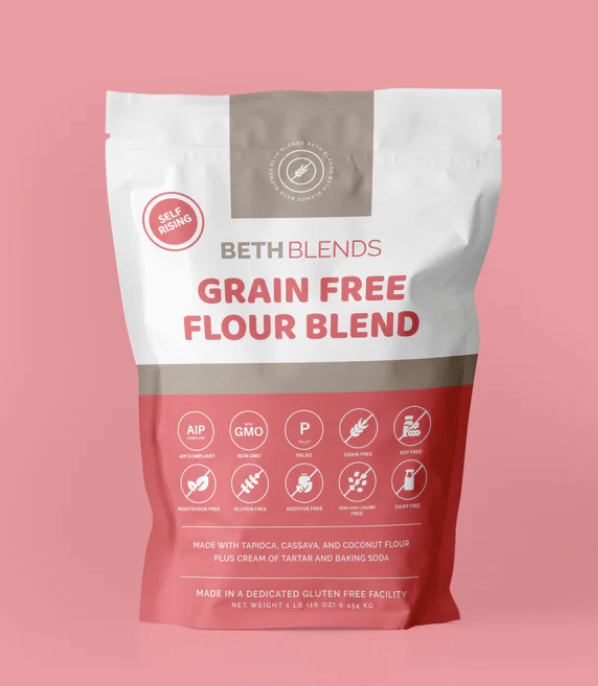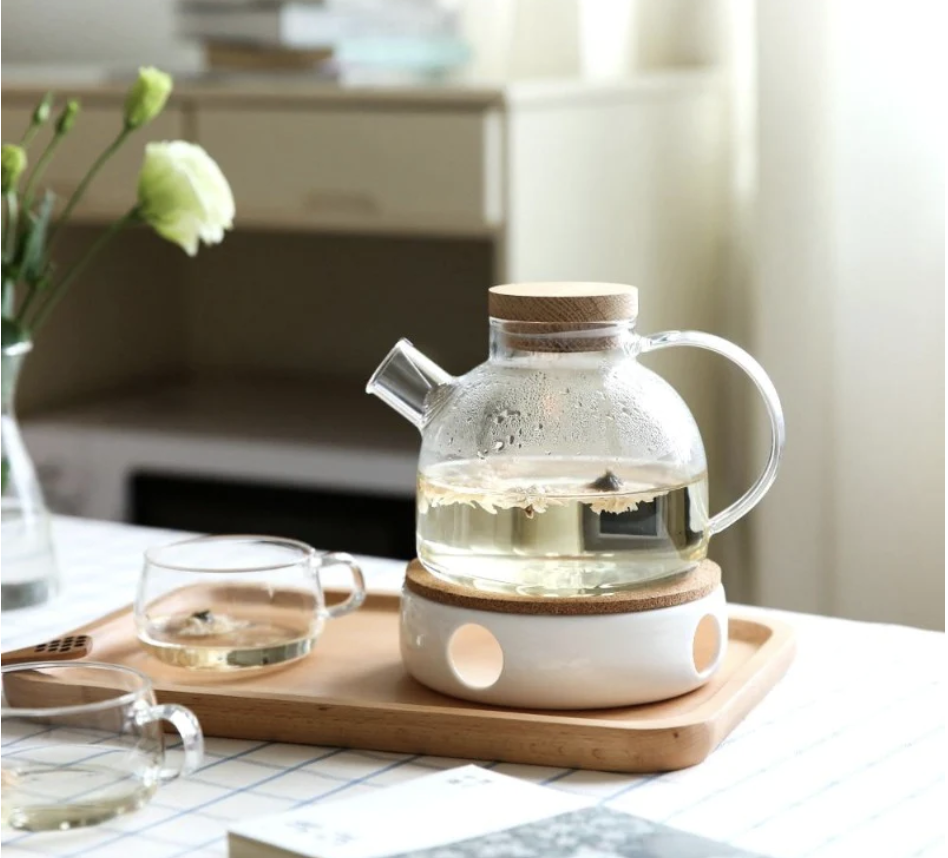By Stacey Lindsay
For those of us fortunate enough to be able to consider what we put in and on our bodies, our awareness creates a quilt of information. Learning jarring facts about one product weaves into questions about another: If these chemicals are in this olive oil then what’s allowed in my face cream? Yet for many Americans, wine—one of the most popular drinks in the US—is still consumed without a thought about its ingredients. And this is a concern.
Commercially made wines are often created from industrial farmed grapes laced with chemicals that are manipulated with artificial additives and technological tricks. Makers will resort to using egregious practices to ensure the greatest volume and perceived quality results—without any concern for the impact this has on consumers. “The commercial wine industry is much like the commercial food industry,” says Todd White, founder of Dry Farm Wines, a health-focused, lab tested natural wine merchant. “The goal is to produce more volume for less cost, which ultimately increases profits.”
In the US, the FDA approves of 76 additives for wine. These include artificial dyes, genetically modified yeast, and various animal byproducts like isinglass (dried fish bladders that are used as a filtering agent), and casein. (Not to mention, adding sugar to wine is widespread in the commercial industry.) For people who drink wine regularly, these chemicals can build up in the body, potentially causing harm. Some researchers in the field have begun measuring the amounts of glyphosate in wine. Other experts link the common wine hangover to all the junk allowed in the juice.
What this all reveals is a critical missing piece: transparency in labeling. Currently the only ingredient mandated to appear on a wine label in the US is added sulfites. This means all the extras—the thickeners, the dyes, the flavor manipulators—get swallowed without an inkling. If we knew our ’97 Napa pinot had a hint of PVPP, an artificially made plastic substance, we’d likely pass.
Consumers aren’t the only victims. The commercial wine industry is rife with exploitive and ecologically disruptive practices that include heavy machinery, monoculture practices, and widespread irrigation that wreak havoc on the earth. “As a whole, these practices are often depleting nature instead of supporting it,” says White. “They can remove the diverse plant and animal life as well as decrease the health and balance in soils.”
These days, activism around cleaning up the wine industry exists at every point of the process. Farmers, vintners, distributors, and sommeliers are shedding light on what’s in and around the bottle. Believers are supporting the movement for natural wine, also called low-intervention or clean wine, which touts juice that is made with organic or biodynamic grapes and the least amount of intervention, additives, technological hacks, and chemicals. Although it is nebulous, as there are no labeling requirements for a clean or natural wine, this movement is very promising—and it encourages us to look at our wine the same way we do our food.
Much of the deep work is happening within smaller distributors and companies, like Dry Farm Wines, that are both acting as educators and gatekeepers of certain ingredients and practices. “It’s almost impossible to know exactly what’s in the majority of wines, which is why we are extremely strict about the criteria that makes up a ‘Dry Farm Wines certified wine,’ says White.
Still, the responsibility lands on us, the consumer. What we choose to support and purchase will echo and perpetuate the problem. Or what we seek to uncover and divest from will help to shift the energy toward a healthier, safer, more ecological wine industry. There is no quick fix. Just like our eggs, personal care, and everything else, we are left to do the parsing ourselves—and this gets trickier than ever without an ingredients label providing some compass.
But we can start by asking questions.
Tips for Discovering Clean(er) Wines
It’s the wild west when it comes to seeking a wine that is unadulterated and made from environmentally ethical practices. But thankfully, great strides have been made and more people are looking for less additives and more of the real juice. Although we can’t (just yet) give you a straight shot to the best wines, we can give you a checklist that works for us here at PrimaFoodie.
1.) Ask your local wine shop owner. Small wine shops are abundant in the US and so many are stocking their shelves with more clean wines. These owners are often passionate about what they do (and friendly—they work around wine, after all!) and willing to answer your questions and inform you about the clean wine they stock. Simply asking “I’m looking for wines with minimal additives and responsibly farmed grapes” is a powerful way to start.
2.) Follow the distributors doing the work. Dry Farm Wines is one of a handful of excellent pioneers in the field right now. As a wine merchant, Dry Farm only sells and supports wines that come from farmers and makers supporting organic agriculture, small farms across the globe, biodiversity in soil, and saving water. They also lab test their wines for additives and toxic chemicals.
3.) Explore the makers. The clean and natural wine movement is filled with knowledgeable people. Many of them are women- and family-owned. A few American makers to start with include: Subject to Change, Martha Stouman, Horse & Plow, lady of the sunshine, and Donkey & Goat. Like other products, it’s important to shop small and support the conscious makers who care to make a difference.
4.) Look for the biodynamic and organic label. This certification speaks to the grapes only. Unfortunately, a certified organic wine can still mean that there have been toxic chemicals added to the wine after the grapes been harvested. Still, it’s an excellent start. It assures you that no toxic chemicals have been used in the farming, and that the wine producer likely cares about their product remaining clean—all the way to the glass.
5.) Have fun with it. The wine world is confusing and huge. Don’t get frustrated if it seems like too vast of an ocean. Follow some amazing activists like Isabelle Legeron, founder of RAW Wine, to learn more. And enjoy it. The more you explore, the more you’ll likely want to keep going—and never drink animal byproducts in your wine again.


















